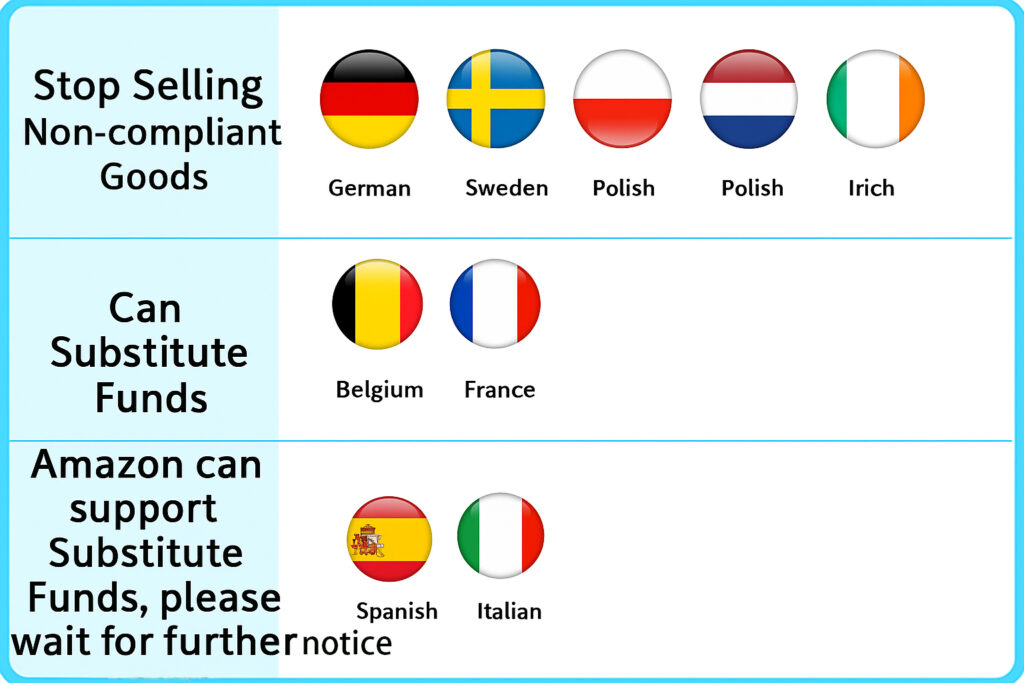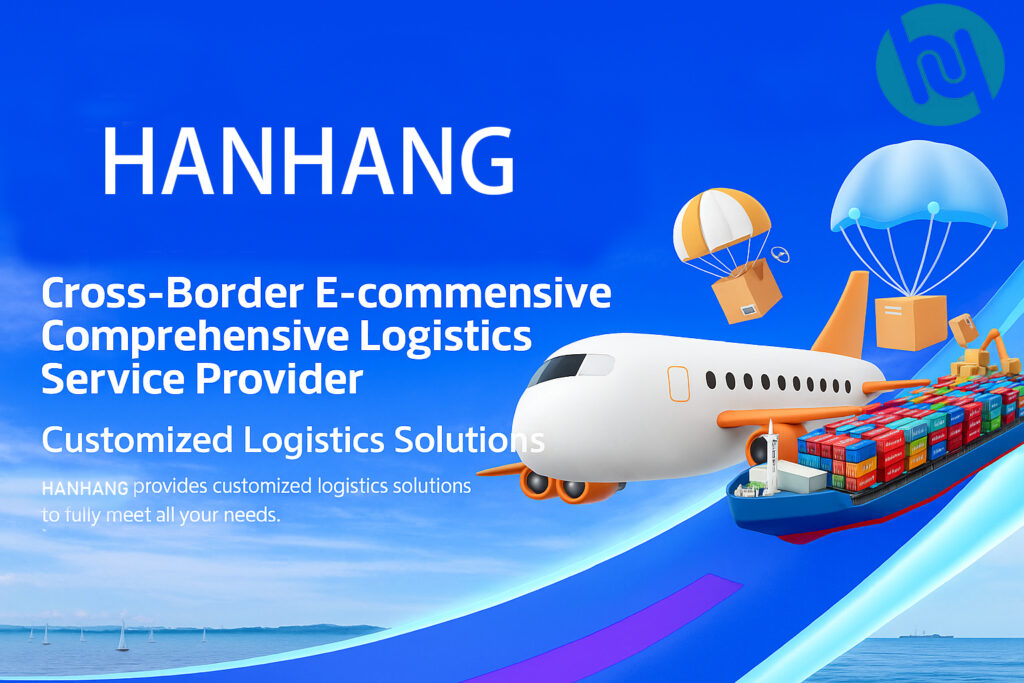Back in May, many sellers received a survey from Amazon indicating that the platform would be optimizing how product titles are displayed.
Amazon is rolling out a brand-new“two-part title”system. This system splits the title into two sections:
* The first part is a concise main title, focusing on brand name, category, model, size, and other basic information.
* The second part highlights product features—emphasizing functional advantages, usage scenarios, or unique selling points.
Now, this new display format has officially been implemented!
Details of Amazon’s Title Policy Adjustment
The main title must be strictly limited to 30–50 characters and focus on *brand name + category name + basic specifications*, e.g., “XX Brand Wireless Noise-Cancelling Headphones Black 46mm.” This part delivers the core identification information of the product.
The subtitle is used to highlight functional advantages, key selling points, and usage scenarios, e.g., “Advanced Active Noise-Cancelling Technology, Ideal for Subway Commuting, 48-Hour Battery Life.” This answers the question, “What advantages does the product have?”
Although Amazon does not limit the total length of the combined title, the character and content restrictions for the main title effectively control keyword density.
The goal of this reform is to optimize the user experience.
Most Amazon traffic now comes from mobile devices, and overly long titles cannot be fully displayed on smaller screens. The new format first shows essential information such as brand and product type, then follows with key features, allowing buyers to quickly determine whether it’s the product they need.
This also curbs the practice of top sellers stuffing keywords to dominate search rankings. Instead, small and medium-sized sellers can use precise long-tail keywords to capture opportunities in niche segments.
Sellers can start by revising the titles of high-conversion ASINs, then compare click-through rate, conversion rate, and ranking changes before and after the adjustment, summarize the experience, and apply it to other products.
It’s clear that the difficulty of running cross-border e-commerce this year has reached a new high. Platform policy tightening and market uncertainty are bringing significant challenges to sellers.
EU EPR Battery Regulation to Take Effect
On August 18, the EU’s EPR Battery Regulation will officially come into effect, posing another compliance challenge for cross-border sellers.
Amazon, TikTok Shop, and other platforms have already made it clear: sellers must submit their EPR Battery Regulation registration number before August 18. Otherwise, their products will be forcibly delisted.

This policy applies to:
* Portable batteries
* Electric vehicle (EV) batteries
* Light means of transport (LMT) batteries
* Starter/lighting/ignition (SLI) batteries
* Industrial batteries
For products containing the above battery types, sellers must apply for an EPR registration number separately.
If the seller is **not** established as a producer in the country where the batteries are sold, they must appoint an authorized representative in the EU and register for EPR in each sales country. Even if selling via dropshipping, sellers cannot rely on the supplier’s registration number—they must also complete product certification and ensure that the product and packaging have the CE mark.
Additional Key Points:
1. Manufacturers, importers, distributors, and cross-border sellers via remote sales are all considered “producers” and must fulfill compliance obligations.
2. Separate registration is required in each EU member state where batteries are sold (e.g., Germany, France, Ireland, etc., totaling 9 countries). Registration numbers are not interchangeable.
3. Sellers must bear the costs of collecting, processing, and recycling waste batteries. Some countries (e.g., France, Belgium) allow the platform to pay these fees on behalf of sellers; in others, sellers must declare and pay themselves.
Friendly Reminder:
With little time left before the policy comes into effect, sellers who have not yet registered should prepare their business documents and product information to complete EPR registration as soon as possible. Otherwise, products may be removed from sale.
Policy changes will inevitably affect sellers. Compliance has become a necessary condition for market entry. Facing such adjustments, cross-border sellers must respond proactively and complete the necessary preparations in time. While the regulations introduce new requirements, they also help create a more orderly market environment. By adapting early and laying the groundwork, sellers can remain profitable amid market changes.
